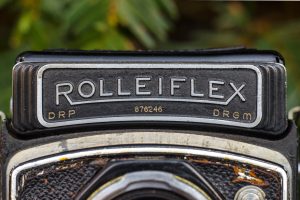
It might come as a surprise to those who collect vintage cameras today that not everyone knows how to use a TLR like a Rolleiflex. With a huge amount of information available on the Internet with countless review blogs like mine, easily searchable user’s manuals, and groups like the Vintage Camera Collectors group on Facebook, information is just a click away.
This wasn’t always true though. The first Rolleiflex was released in 1929 and throughout the 1930s, were very expensive and made in small numbers. Then World War II happened and that disrupted the ability for the western world to access these wonderful machines.
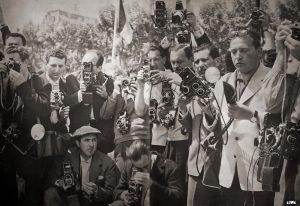
After the war, photographers had a huge appetite for quality built German cameras, and the Rolleiflex became one of the preferred cameras of professional and advanced amateur photographers all over the world.
In September 1949, Modern Photography took the initiative to help educate it’s readers on what was becoming a very popular professional and advanced amateur camera. Sure, the Americans had their Ciro Flexes and Argoflexes, but nothing with the features and precision of the Rolleiflex.
The article below claims to be the first in a series of definitive articles on popular cameras, of which I hope to bring you more of in the future. The whole thing is 11 pages and covers the basics from how to properly hold the camera, how to load film, and then goes from there into more advanced concepts.
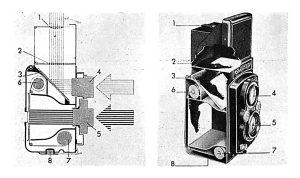
In addition to a guide for using the Rolleiflex, this article is also a really good introduction to TLRs with illustrations showing how the film travels through the camera, how the light passes through both lenses, and why 6×6 images are ideal for a TLR. It’s also interesting to see how a review of the Rolleiflex was approached in 1949, decades before the countless praise and reverence these models have earned.
The vast number of accessories that were available for the Rolleiflex has always been one of it’s greatest strengths, and this article covers most of them from the use of simple filters, the Rollei panorama head, stereo adapter, Rolleinar close-up lenses, the parallax correction Rolleipar, the Rolleikin 35mm adapter, and the Rolleipop Instagram filter…just kidding on that last one!
There are tips on how to best care for your Rolleiflex, a trick in how to get double exposures (it’s easier than you think), and even a few nitpicks that a contemporary article likely wouldn’t have mentioned. This article has a little bit for everyone.

My favorite part though, is the beginning, which tells a story of 4 unnamed photographers at a UNESCO meeting who are about to have an opportunity to photograph the guest speaker, Eleanor Roosevelt. Three of the 4 photographers were typical press photographers with large 4×5 press cameras. The fourth, of course, has one of them “new-fangled” Rolleiflexes. The author marvels at the simplicity of the Rollei photographer and his ability to easily move throughout the room shooting half a dozen images from multiple angles while the press photographers were fiddling with their rangefinders and ground glass screens.
The Rolleiflex is a camera that for most people needs no introduction, but that wasn’t always so. 69 years ago, Modern Photography did a really nice job of introducing the world (at least it’s US readers) to this wonderful and historically significant camera.
All scans used with permission by Marc Bergman, 2018.

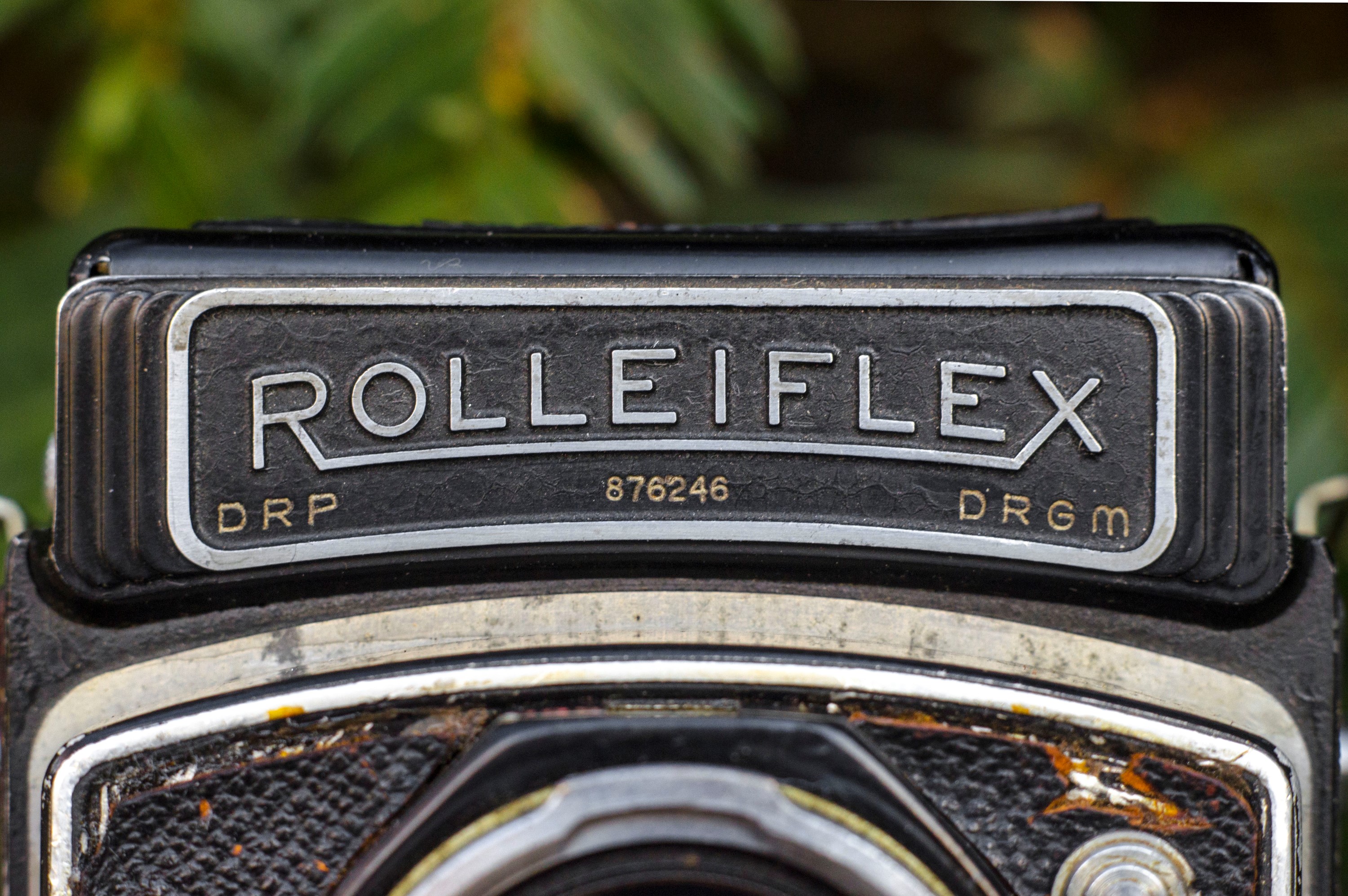
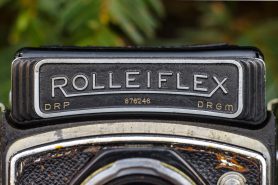











Thanks! Very interesting, and useful. I’ve picked up two Rolleiflexes recently and this is inspiring me to try them out.
The manual was impossible to read! Not clear at all and a waste of time! I learned nothing from this!!
Brilliant post and useful scanned article. Great for this new Rollie user. Thank you.